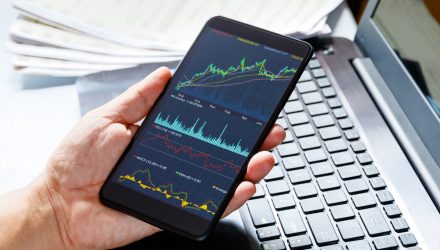Looking ahead, DePalma argued that the current market cycle indicator suggest a recession in six to 18 months. Consequently, high-yield investors may reduce portfolio beta, move up in credit quality, move up the capital structure and shorten duration to hedge potential risks down the road.
High-yield bond ETF investors who are interested in a more dynamic investment strategy that can adapt to the changing market conditions could consider an active bond ETF like the High Yield ETF (NasdaqGM: HYLD). HYLD seeks high current income with a secondary goal of capital appreciation. The sub-advisor seeks to achieve the fund’s investment objective by selecting a focused portfolio of high-yield debt securities, which include senior and subordinated corporate debt obligations like loans, bonds, debentures, notes and commercial paper.
DePalma explained that HYLD is backed by a team with decades of experience and integrates systematic macro insights, fundamental credit research and proactive risk management to achieve its objectives and seeks to add excess return. The active strategy focuses on USD high-yield bonds and loans. The managers also focus on smaller issuers that are ignored by most, delivering the opportunity for higher yields per unit of risk and better diversification as part of a total portfolio solution.
“We actively managing risk and strive to limit exposure to large losses,” DePalma said.
“By dynamically allocating risk based on where we are in the cycle, we expect our strategy to deliver on its objectives in all market environments,” he added.
Financial advisors who are interested in learning more about the high-yield market can watch the webcast here on demand.

